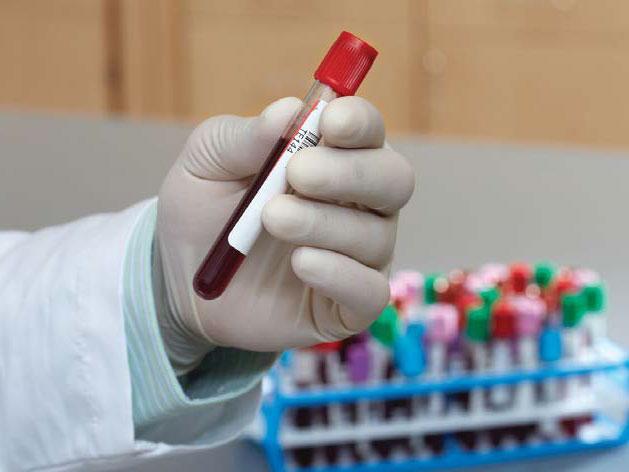
The ELF Test
A simple blood test that can assess prognosis of patients with advanced fibrosis (F3 or F4) due to MASH*.
*Formerly known as non-alcoholic steatohepatitis (NASH).
Did this information help you?
References
1
Patel P, et al. Hepatol Commun. 2018;2:893-905.
2
Karlas T, et al. PLoS ONE. 2015;10(11):e0141649.
3
Sanyal AJ, et al. Hepatology. 2019 Apr 16. doi: 10.1002/hep.30664. [Epub ahead of print].
The products/features (mentioned herein) are not commercially available in all countries. Their future availability cannot be guaranteed.

